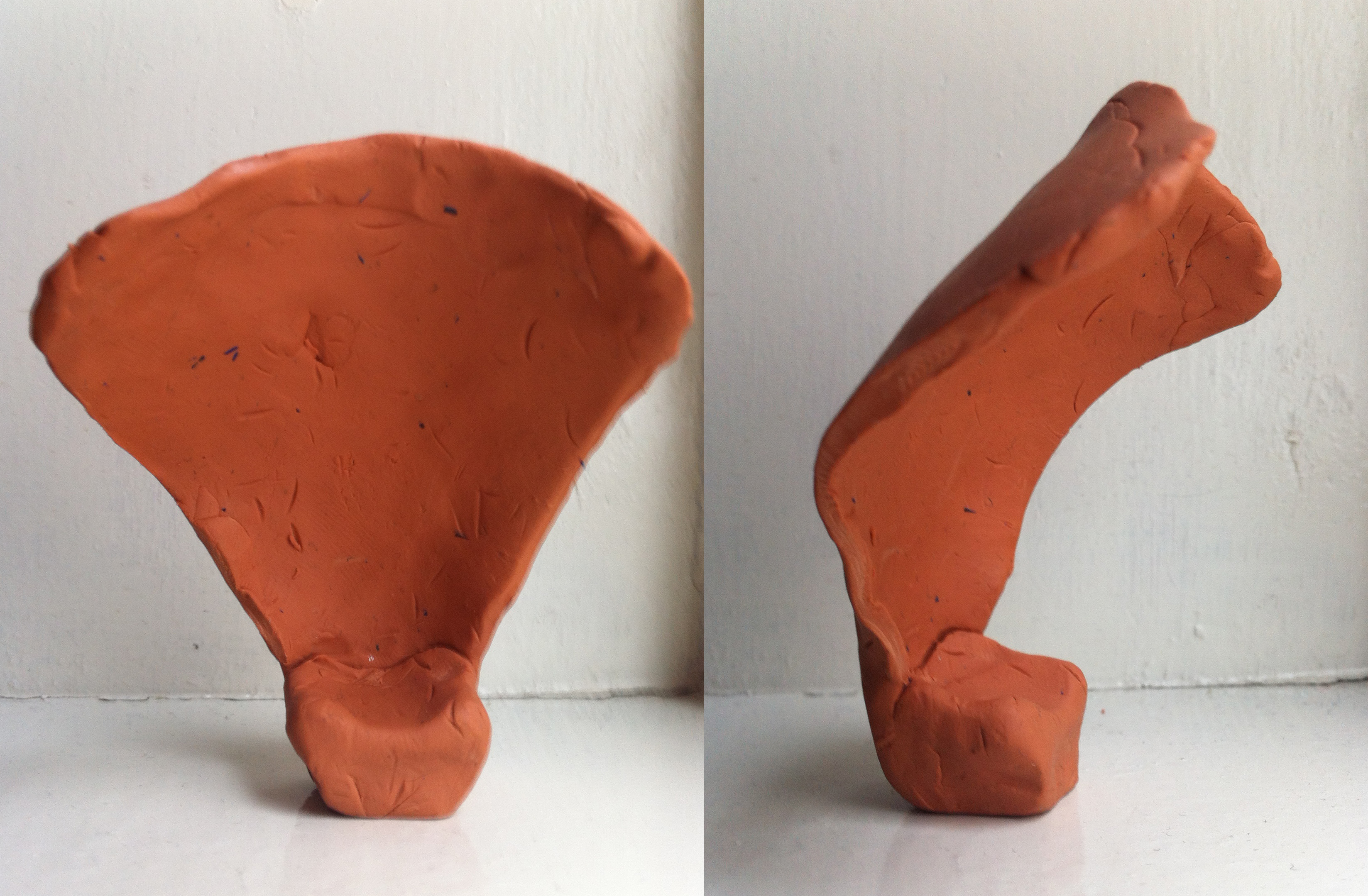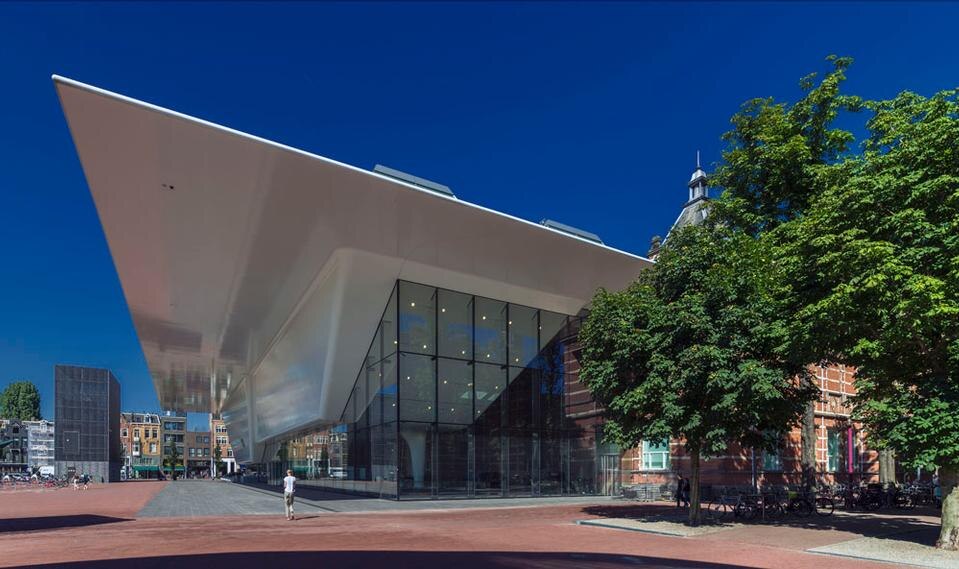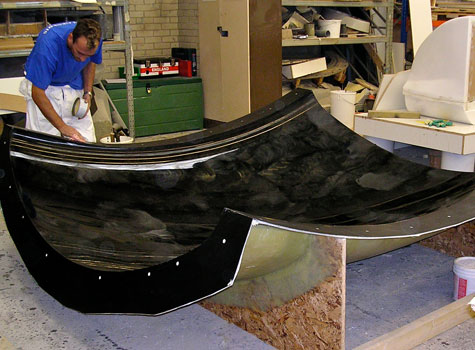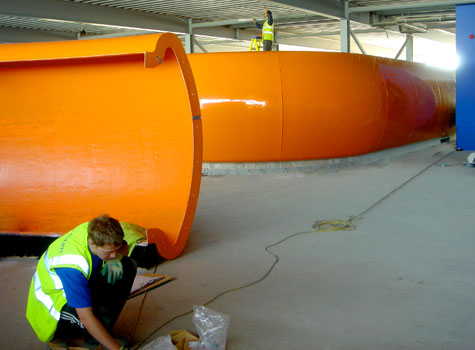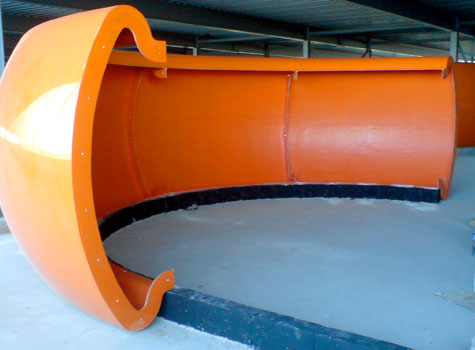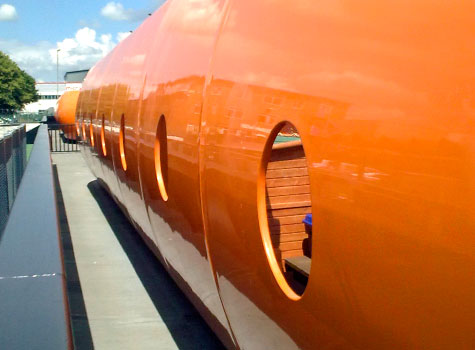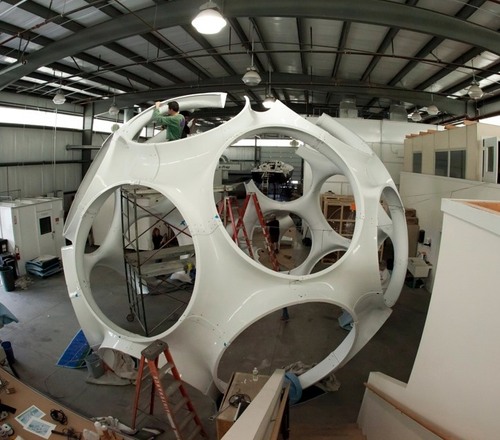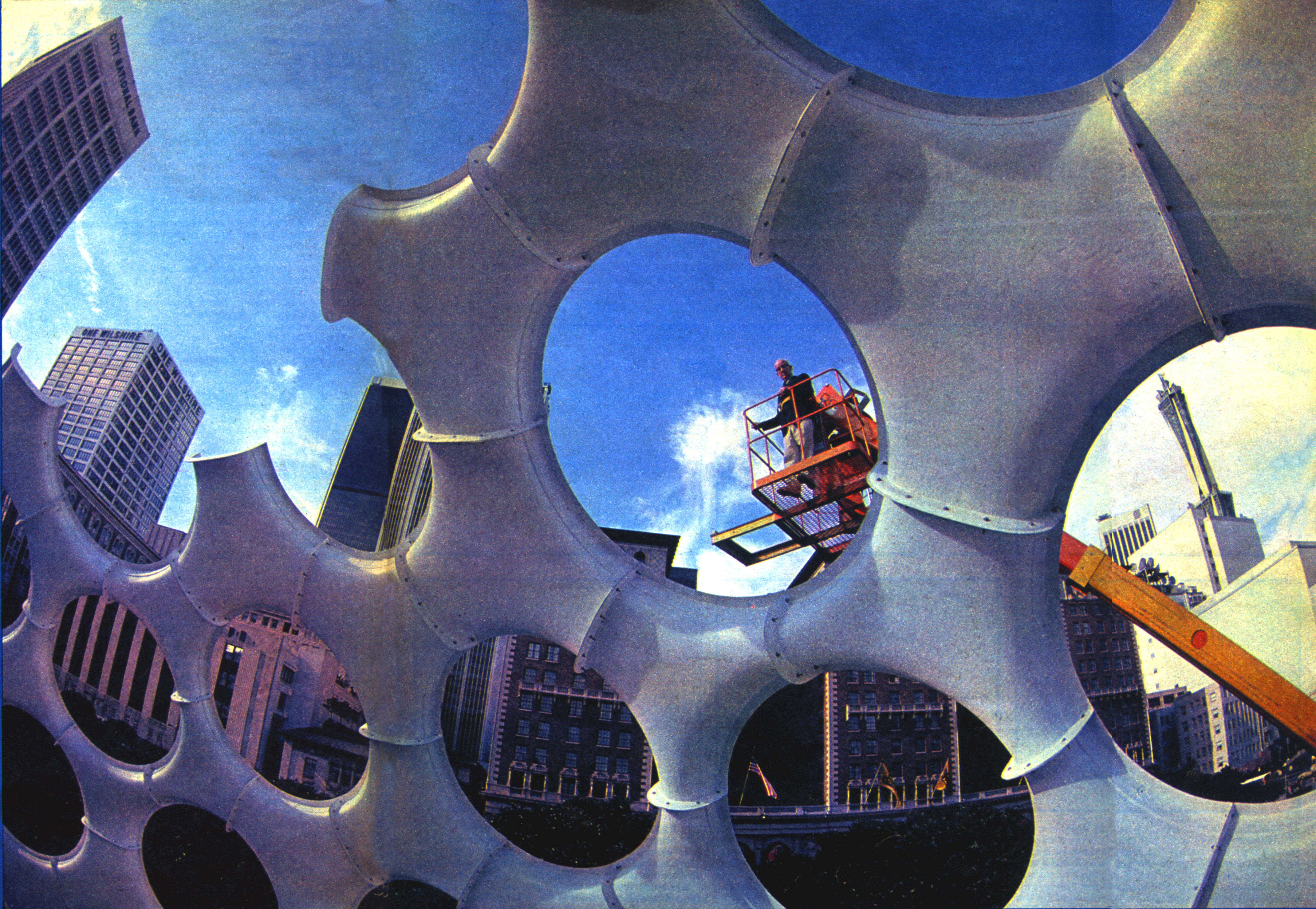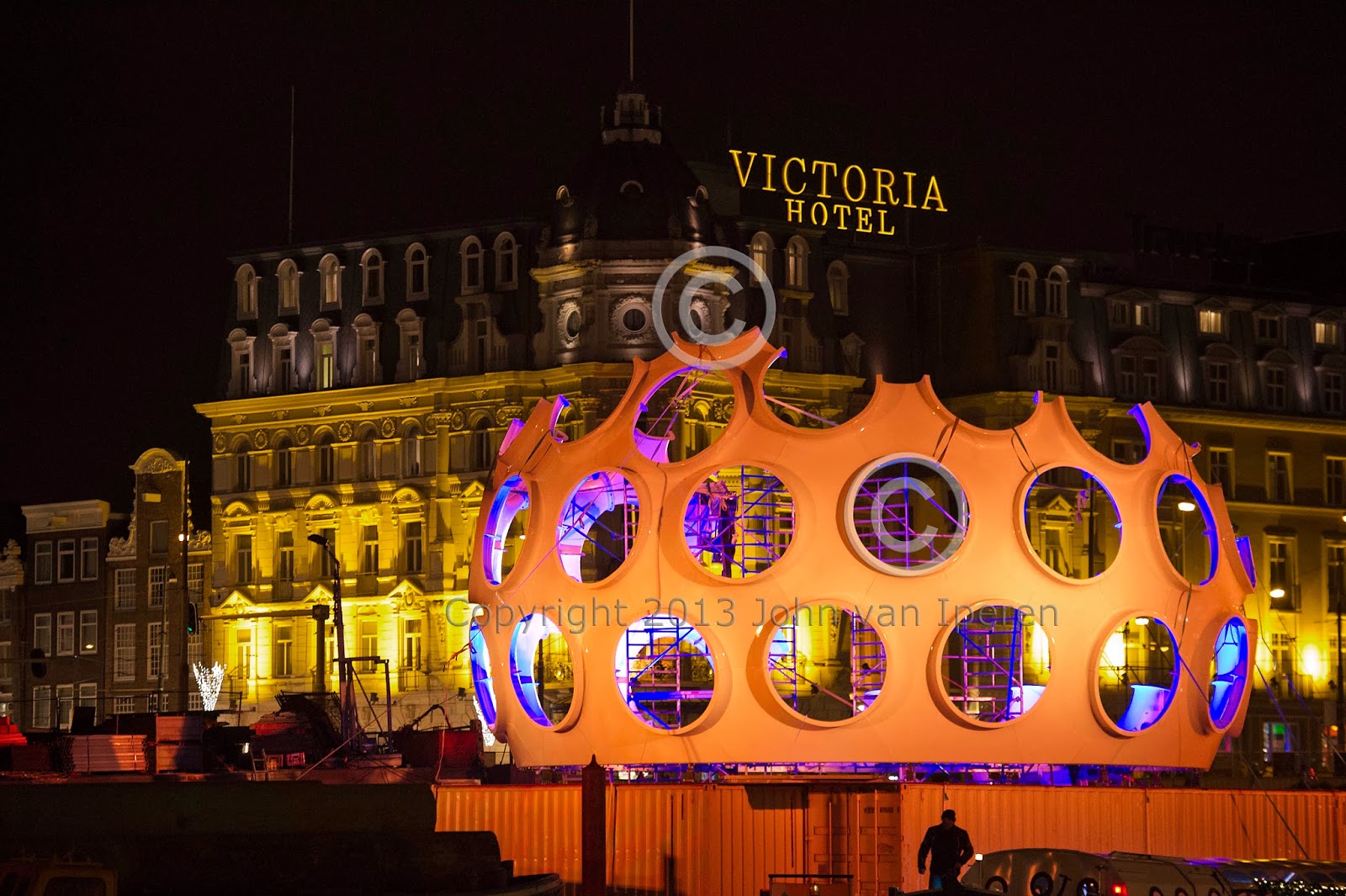For creating the molds, it is very useful to find the minimum bounding box for each surface. Grasshopper can use iterative evolutionary models to find the best fitness for a group of parameters (genes). This method is called Galapagos.
So instead of trying to find a good bounding box, we input the bounding box pivot points axes as genes and use the resulting volume as a minimum fitness.


In the end you can automatically calculate the mold area you’re using or check the max height requirements.
TODO: Work on extruding to make the actual mold, instead of only the bounding box.
The result with one our of models:
For more information on Galapagos see:
http://www.grasshopper3d.com/profiles/blogs/evolutionary-principles













